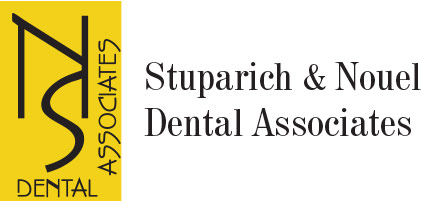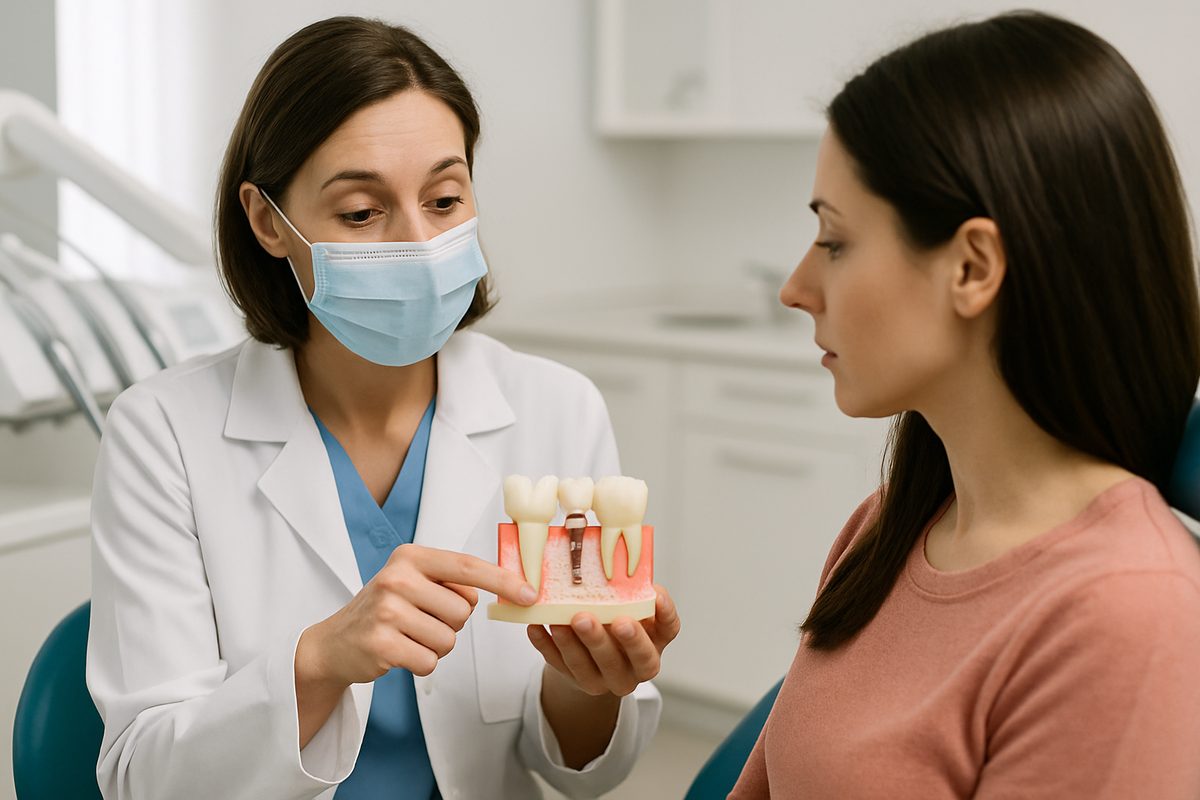Considering a bone graft and implant in Boston? This guide explains what a bone graft and implant involve, why both matter for long-term success, and the practical choices ahead. You’ll learn the common graft types, implant options, timelines, risks, costs, and clear next steps to move forward confidently.
Whether you lost a tooth years ago or need full-arch restoration, understanding how grafting and implants work together helps you plan treatment and set realistic expectations for outcomes and recovery.
What Is a Bone Graft and Implant?
A bone graft rebuilds missing jawbone so it can support dental implants. A dental implant replaces a tooth root with a titanium post that integrates with bone and holds a crown, bridge, or denture. When bone has shrunk or is too thin, a bone graft and implant are often planned together so the implant will be stable and last for decades.
Why You Might Need a Bone Graft Before an Implant
Bone loss from missing teeth
After a tooth is lost, the jawbone that once supported it starts to shrink. Over months to years this can leave too little bone for a secure implant. If you want a predictable result, a bone graft and implant in Boston may be needed to rebuild enough structure.
Periodontal disease, trauma, and anatomy
Severe gum disease, facial trauma, congenital anatomy, or previous extractions can leave gaps or defects in bone. These conditions often require grafting before or during implant placement to create a healthy foundation.
Types of Bone Grafts Used With Dental Implants
Autograft (your own bone)
Autografts use bone from your body (often the jaw or hip). Pros: best biological integration and predictable healing. Cons: requires an extra surgical site and longer recovery.
Allograft, xenograft, and alloplast
Allografts come from human donors, xenografts from animals, and alloplasts are synthetic. These avoid a second surgical site and work well for many patients. Your surgeon will recommend the best choice based on defect size and healing needs.
Common graft procedures
- Ridge augmentation — rebuilds the jaw ridge after tooth loss.
- Sinus lift — adds bone beneath the sinus for upper back implants.
- Guided bone regeneration — uses membranes to guide new bone growth in specific areas.
Implant Options When a Bone Graft Is Needed
Single tooth implants vs multiple-tooth solutions
Single implants replace one tooth and may need only small grafts. Replacing several teeth or long spans often requires larger grafts to support multiple implants or bridges.
Implant-supported dentures and full-arch (All-on-4) solutions
Implant-supported dentures and full-arch (All-on-4) solutions can sometimes avoid extensive grafting by placing implants at strategic angles. Still, many patients need grafting first for predictable long-term results. A personalized plan will consider whether a bone graft and implant in Boston is required or if alternative implant strategies can work.
Immediate vs delayed implant placement
Immediate implants are placed at the same time as extraction and sometimes with grafting. Delayed placement waits for graft healing (months). Immediate offers faster results but may not be right if the bone defect is large.
Treatment Timeline for Bone Graft and Implant
Consultation and imaging
CBCT 3D scans and digital planning are essential. They show bone volume, nerve locations, and sinus anatomy so your team can design a safe plan for a bone graft and implant.
Grafting procedure and healing
Graft surgery typically takes an hour or more depending on complexity. Healing ranges from 8–24 weeks. Factors that affect timing include graft type, size of the defect, and your healing ability.
Implant placement and final restoration
After graft healing, implants are placed and need time to integrate (osseointegration) — usually 3–6 months. Once stable, your final crown, bridge, or denture is attached.
Risks, Recovery, and Success Rates
Common risks include infection, graft failure, numbness, or sinus complications with upper-jaw grafts. Most risks are minimized with careful planning, sterile technique, and follow-up care. Success is highest when patients are healthy, avoid smoking, control chronic conditions, and work with experienced clinicians and modern technology.
Costs, Insurance, and Financing for Bone Graft and Implant Care
- Key cost drivers: graft type, number of implants, advanced imaging (CBCT), guided-surgery guides, and lab work.
- Insurance often covers part of grafting or extractions but rarely full implant costs — check your plan.
- Many practices offer financing or payment plans to spread implant and graft costs over time.
Who Is a Good Candidate — and What Are the Alternatives?
Good candidates are medically stable, free from uncontrolled diabetes, and willing to stop smoking for a period. Conditions like osteoporosis or certain medications may require medical clearance. Non-surgical alternatives include bridges and removable dentures; these are faster and less invasive but don’t stop bone loss like implants can.
Why Choose Stuparich & Nouel Dental Associates for Bone Graft and Implant Care
Stuparich & Nouel Dental Associates are prosthodontic specialists serving Boston’s South End and Back Bay since 1998. With over 50 years of combined experience, Misch Institute training, and Fellowship in the International Congress of Oral Implantologists, they focus on predictable outcomes for complex implant and graft cases. Technology used includes CBCT scanning, Guided Surgery Planning, Laser-Lok®, BioHorizons® implants, CEREC® same-day restorations, and digital smile design — all to improve the predictability of a bone graft and implant in Boston.
Questions to Ask Your Implant Specialist About Bone Graft and Implant Plans
- How many bone graft and implant cases like mine have you completed?
- Which graft material do you recommend and why?
- What is the expected timeline from graft to final restoration?
- What are the success rates and possible complications for my case?
- Will you use CBCT imaging and guided surgery planning?
- What sedation or comfort options are available?
- Can I see before-and-after cases of similar treatment?
Next Steps: How to Schedule a Consultation
To find out if a bone graft and implant in Boston is right for you, schedule a digital exam with CBCT planning. A thorough consultation will map your anatomy, review options, and produce a clear timeline and cost estimate. Contact Stuparich & Nouel Dental Associates to book a consultation and get a personalized plan for rebuilding bone and restoring your smile.




